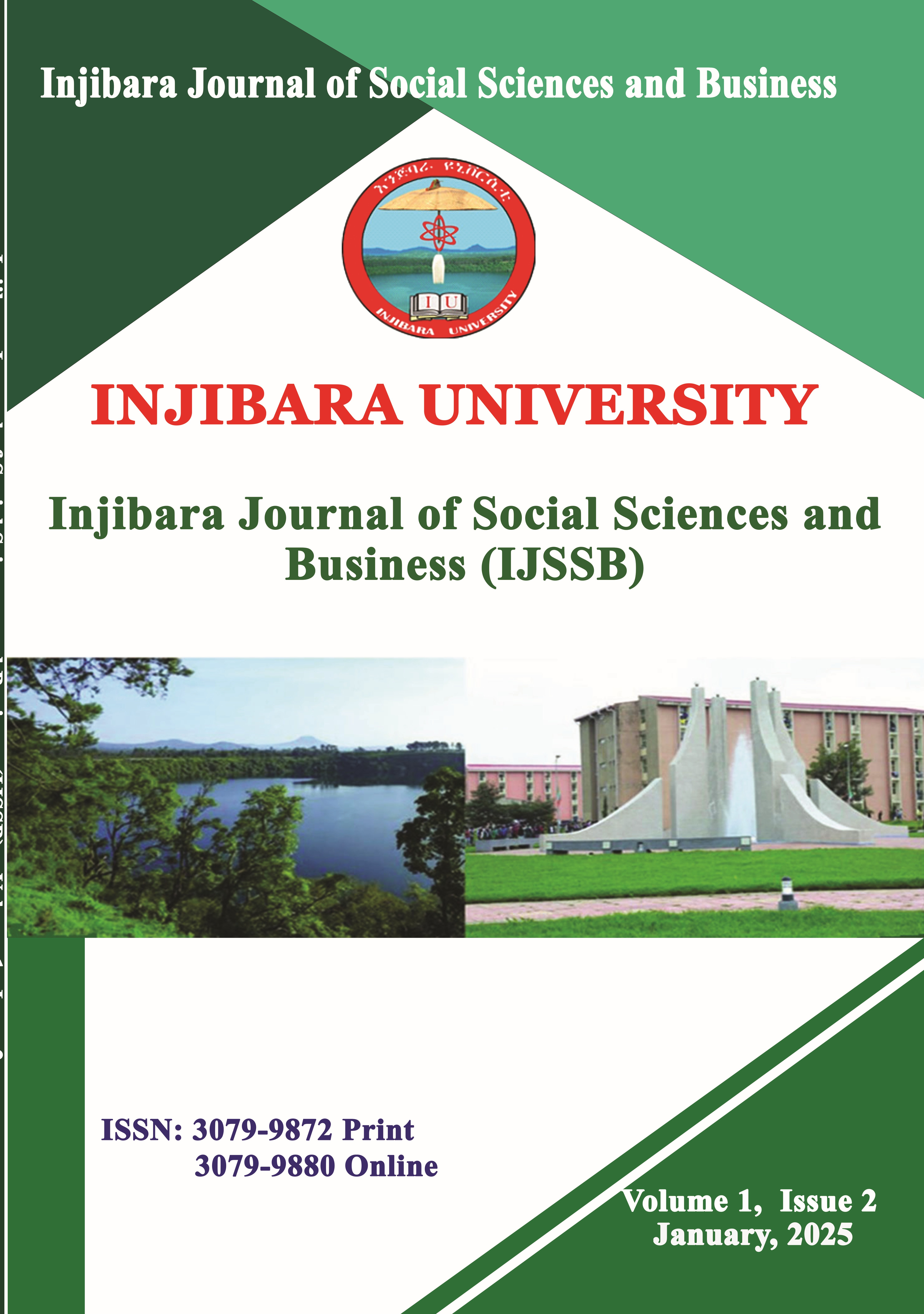A History of Modern Incarceration in Ethiopia: The Case of Agew Midir Awrajja* Prison, 1942-1974
DOI:
https://doi.org/10.82112/26TS-DG37Keywords:
evolution of punishment, penal labor, rehabilitation, prisoners, overcrowdingAbstract
Abstract
This study explores the development of modern penitentiary systems in Agew Midir Awrajja, Ethiopia, between 1942 and 1974. Drawing from archival documents, interviews, and secondary sources, study traces the evolution of punishment from traditional methods to a structured system centered on confinement and rehabilitation, shaped by both global penal practices and local dynamics. The establishment of the Agew Midir Awrajja prison advanced administrative control, yet it faced formidable challenges such as typhus outbreaks and limited financial resources that hindered efforts to ensure adequate health, sanitation, and rehabilitation. Prisoners, many of whom were subjected to penal labor, became an unseen force in the development of Dangela town’s infrastructure. By the 1950s, a series of reforms brought tangible improvements like better food supplies, medical care, and efforts toward rehabilitation though the specter of overcrowding remained. At its core, the prison system of Agew Midir Awrajja tells a story of ambition and adversity, of a nation seeking progress while grappling with the weight of its own limitations.
Downloads
Published
How to Cite
Issue
Section
License
Copyright (c) 2025 Injibara University

This work is licensed under a Creative Commons Attribution-NonCommercial-NoDerivatives 4.0 International License.





